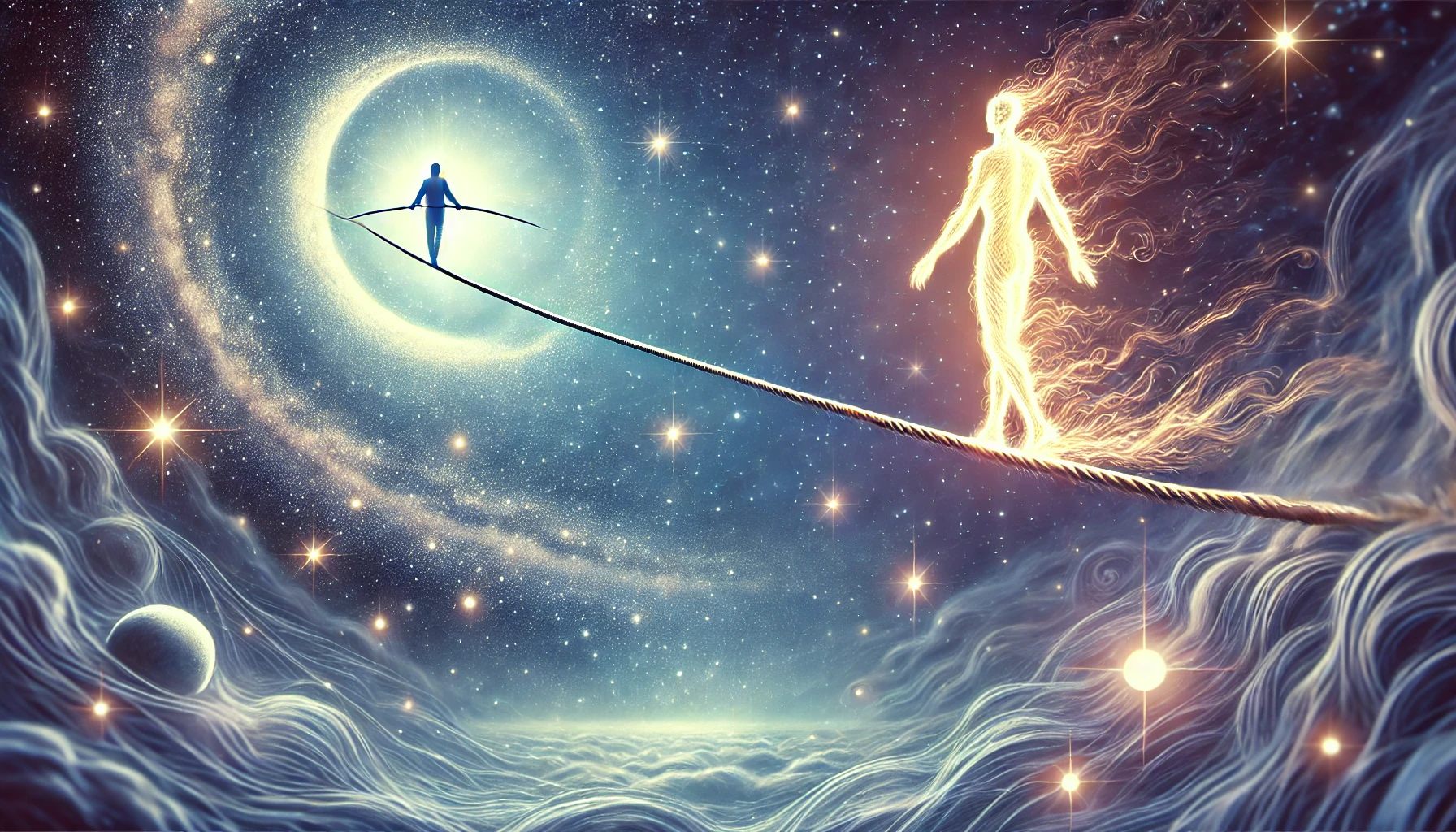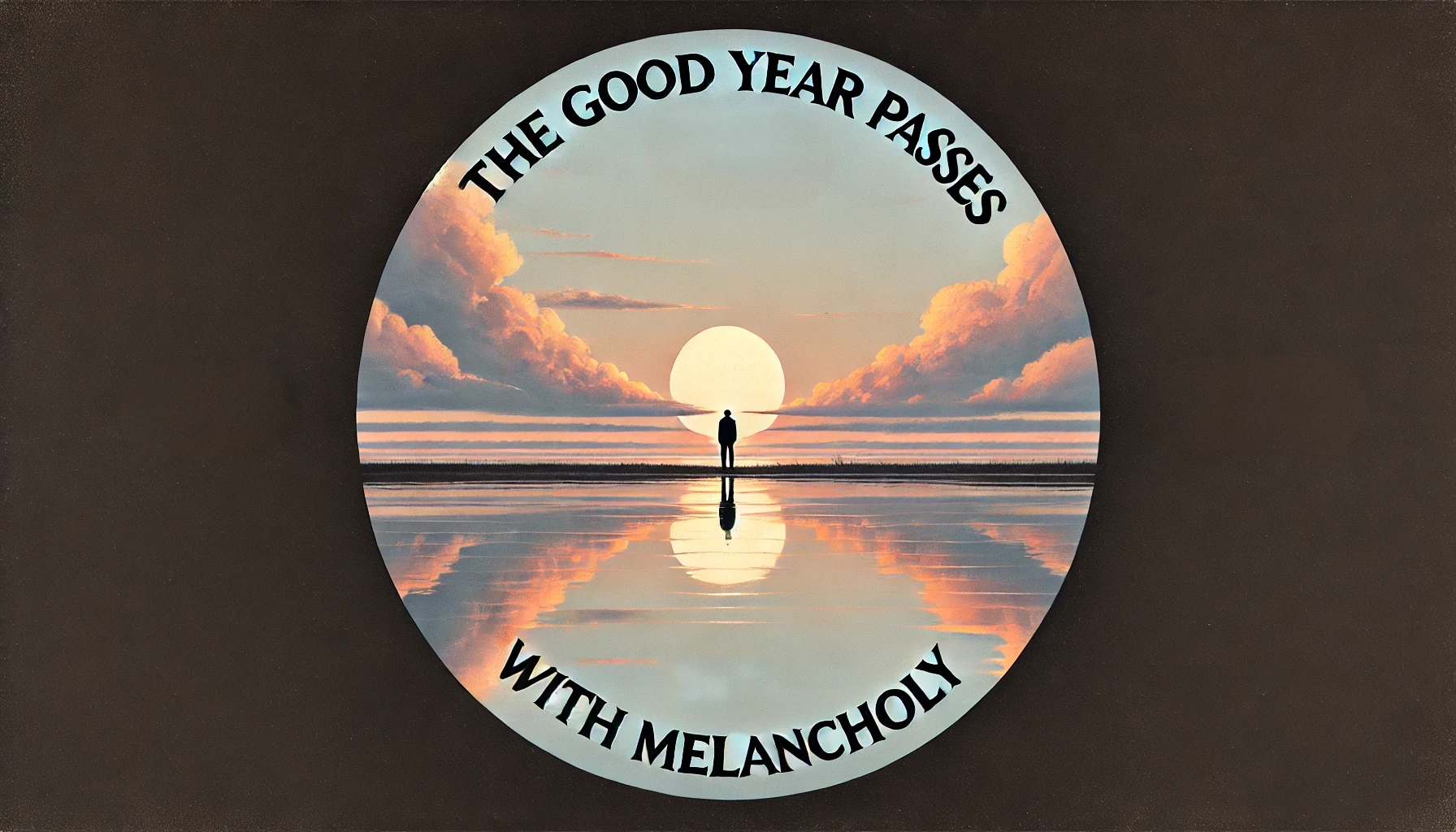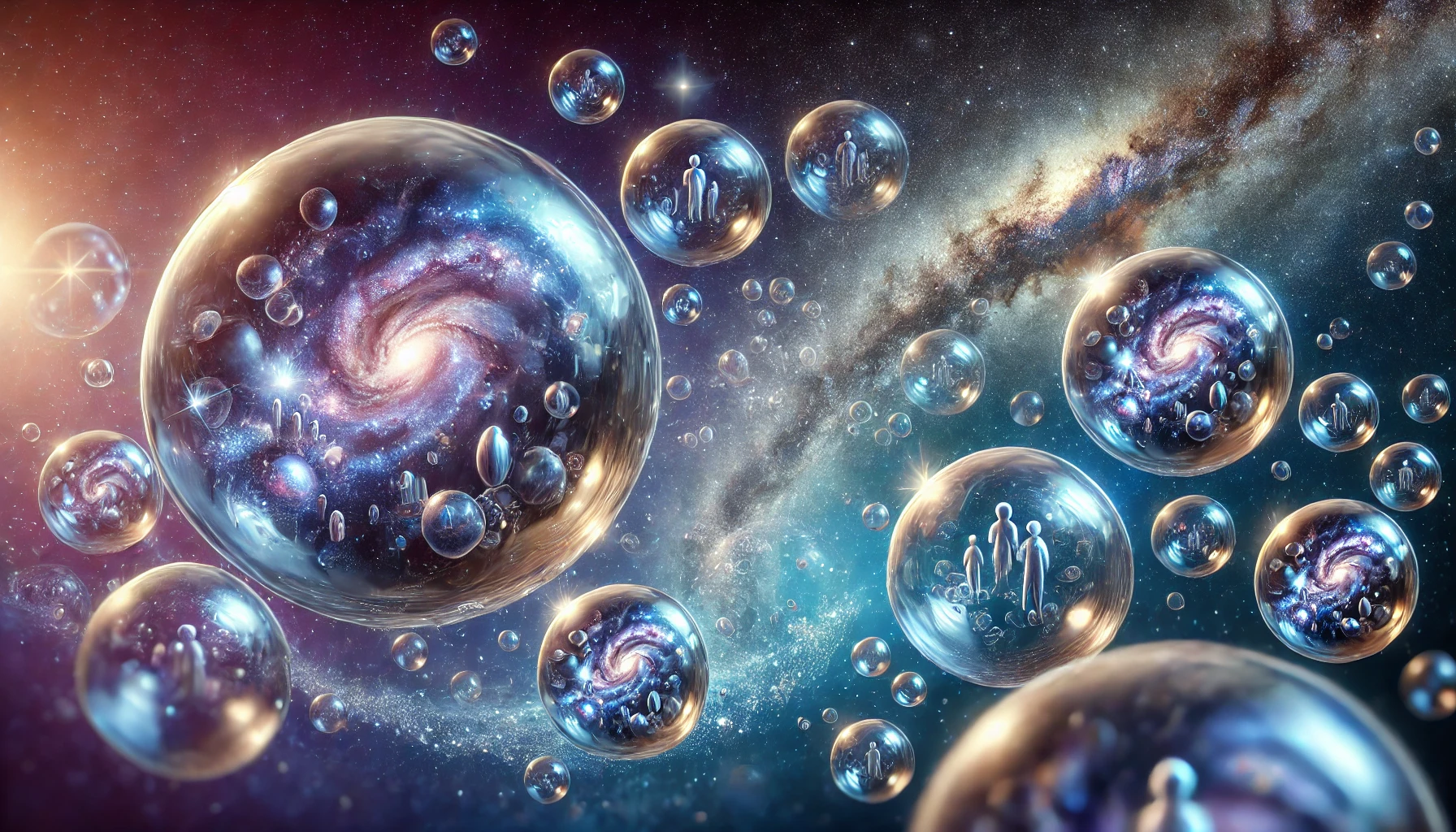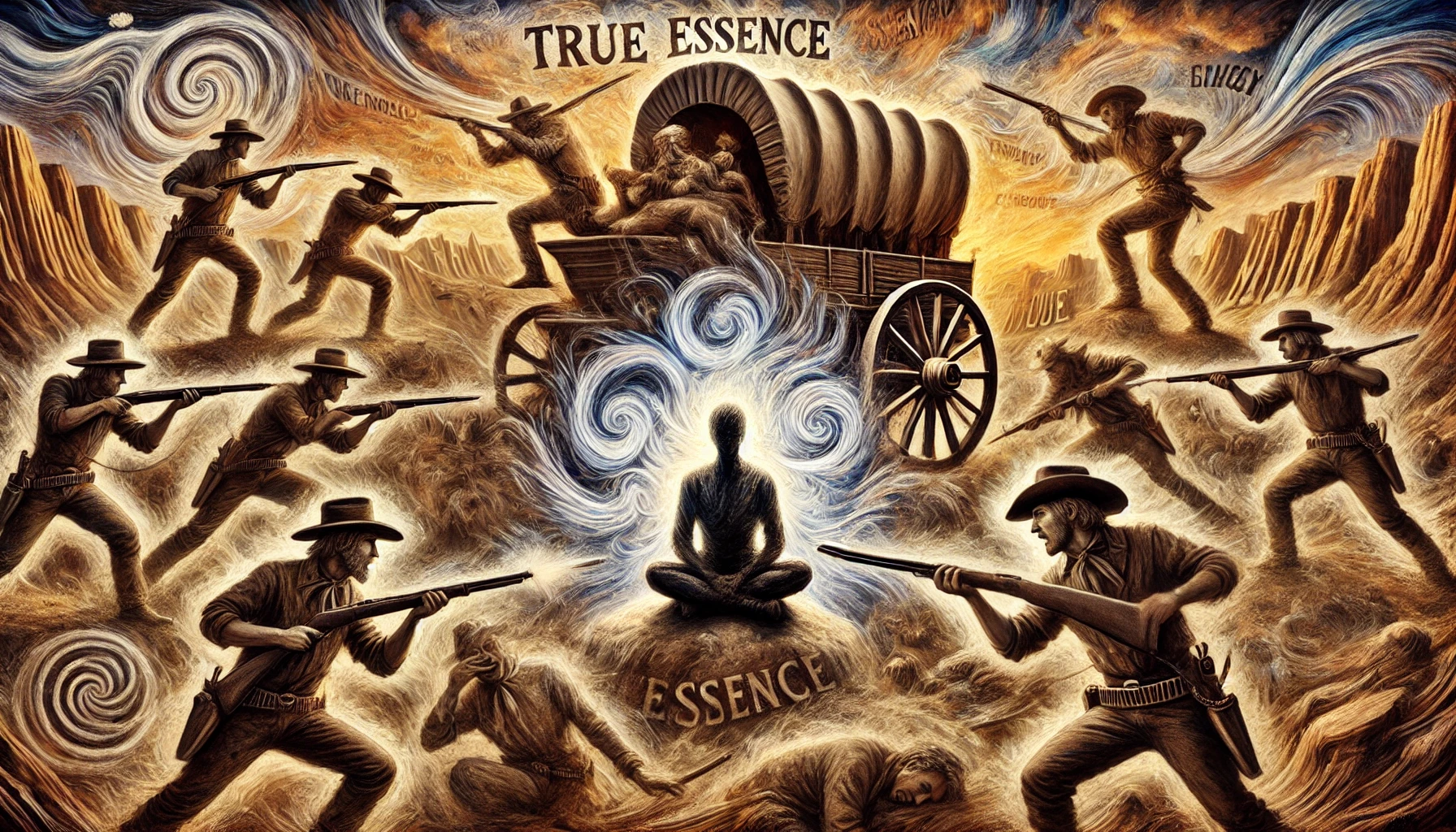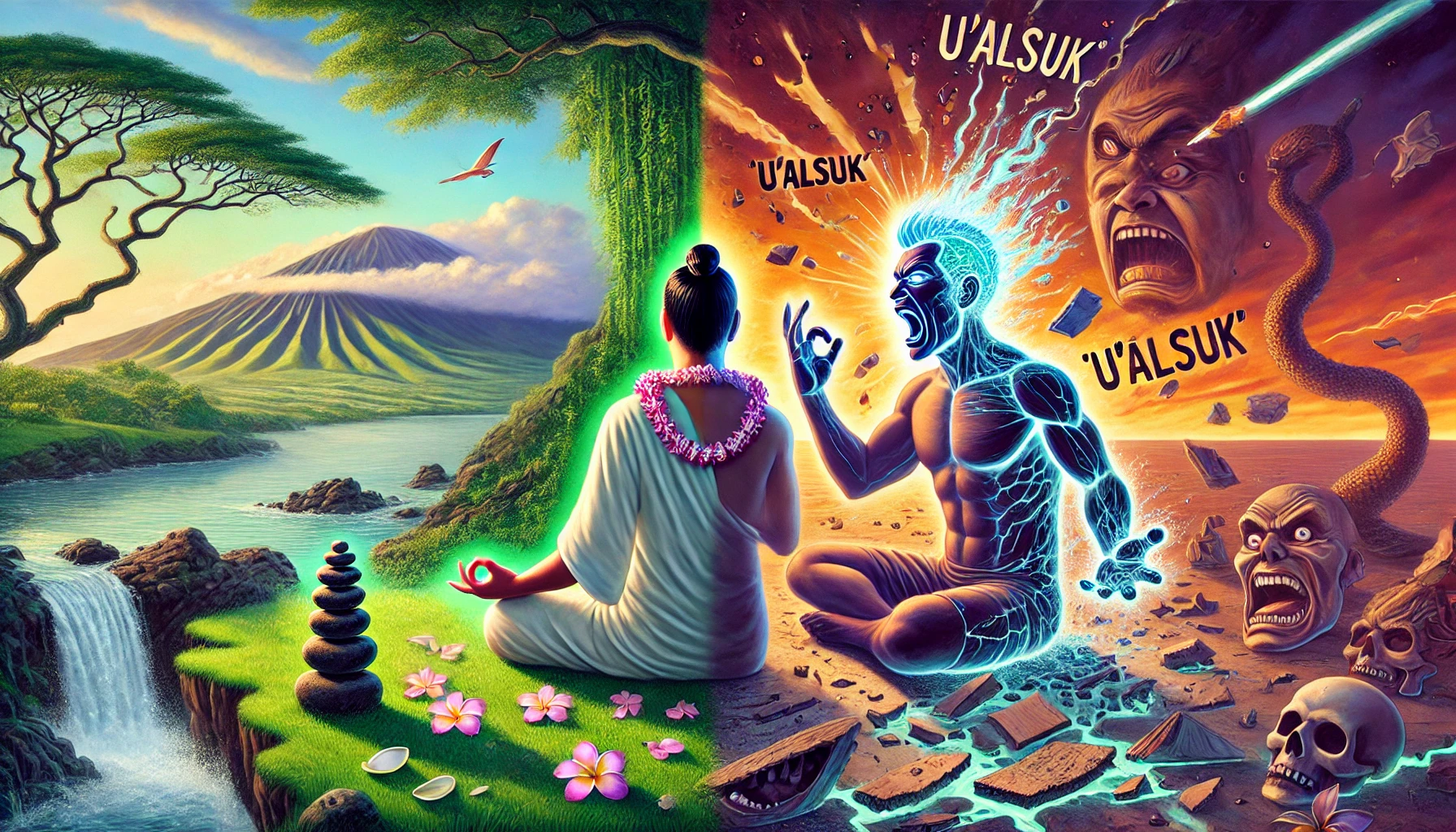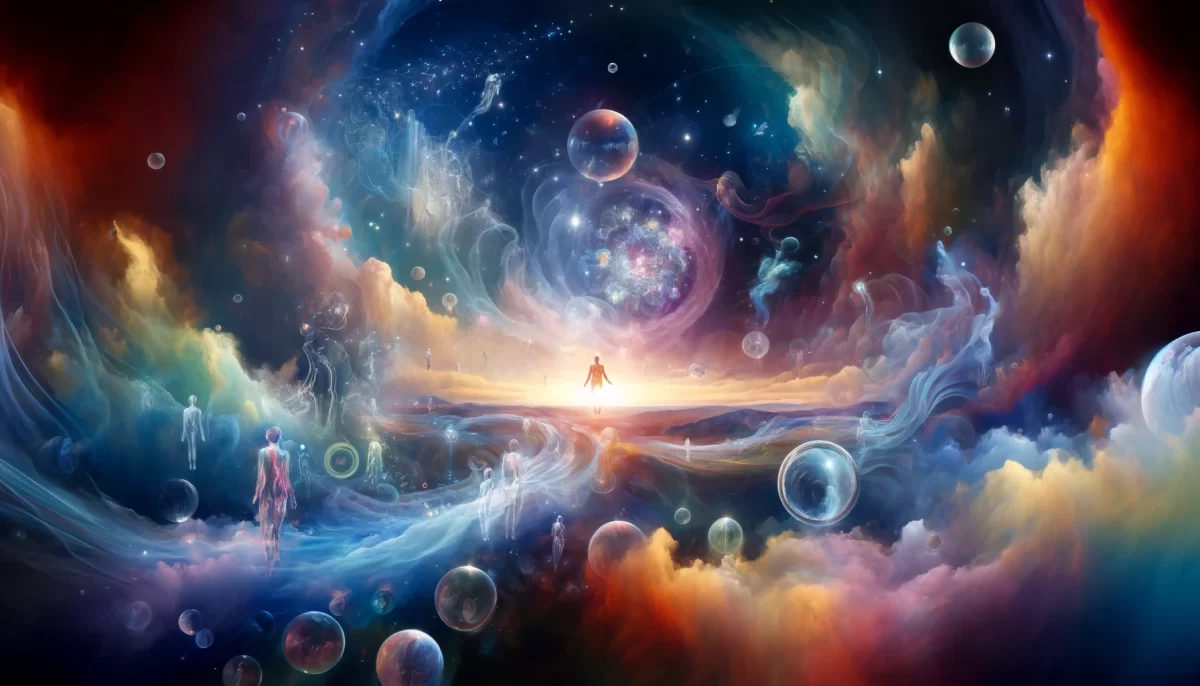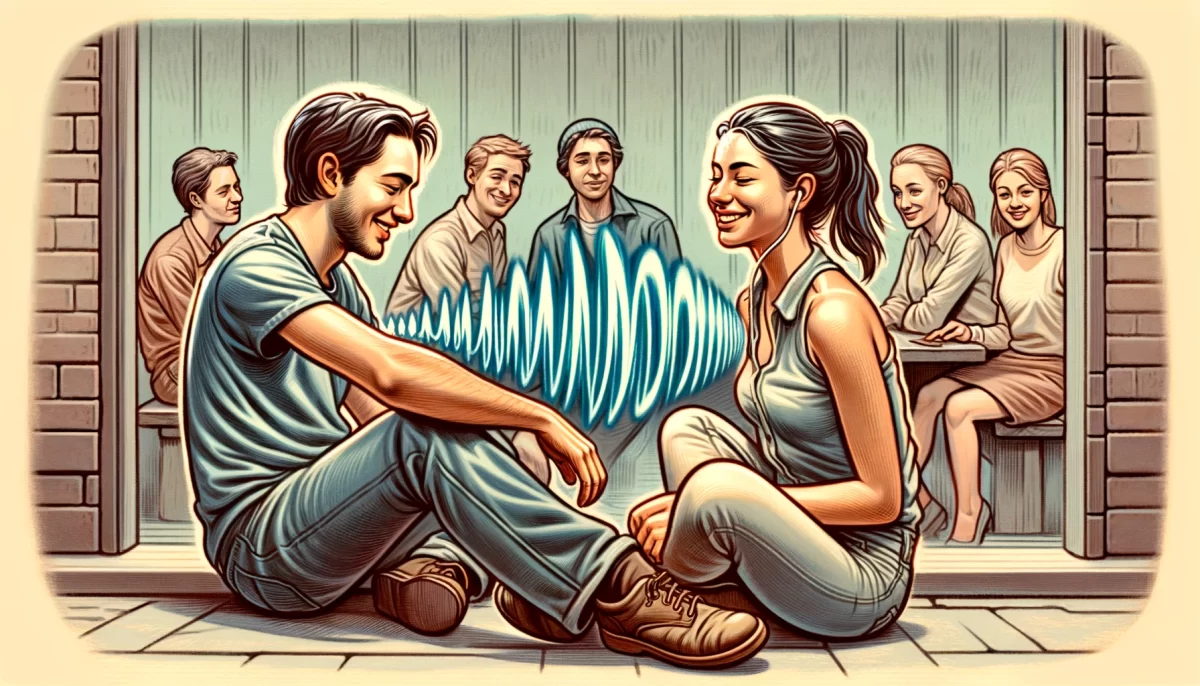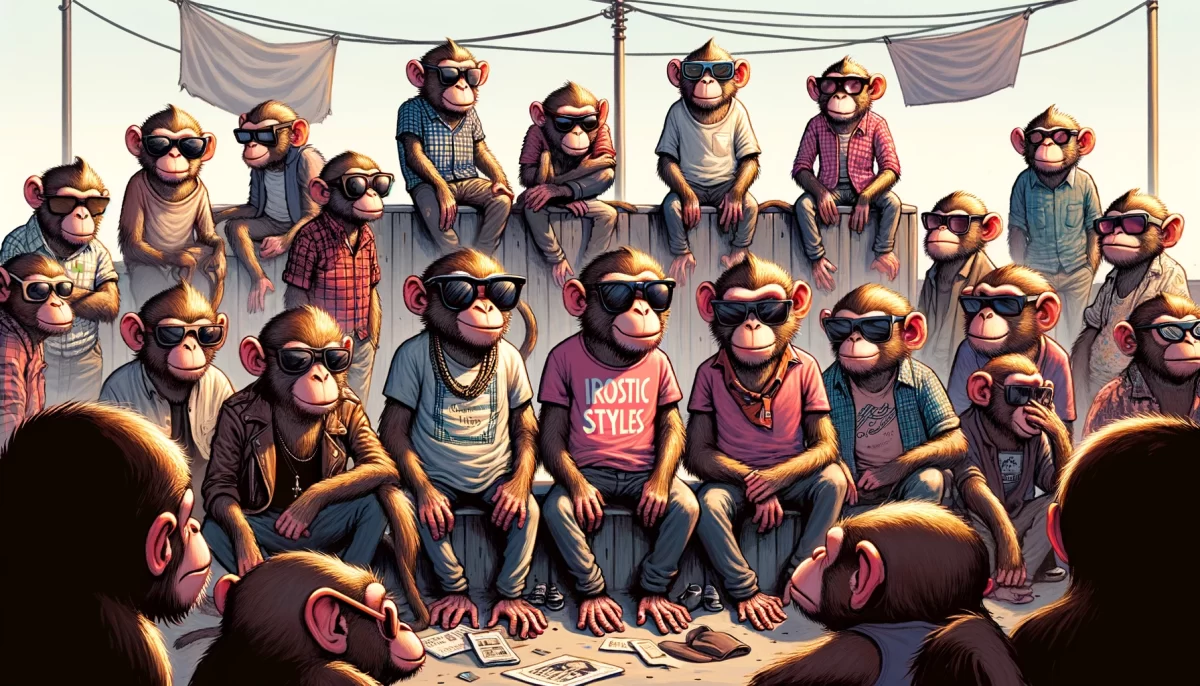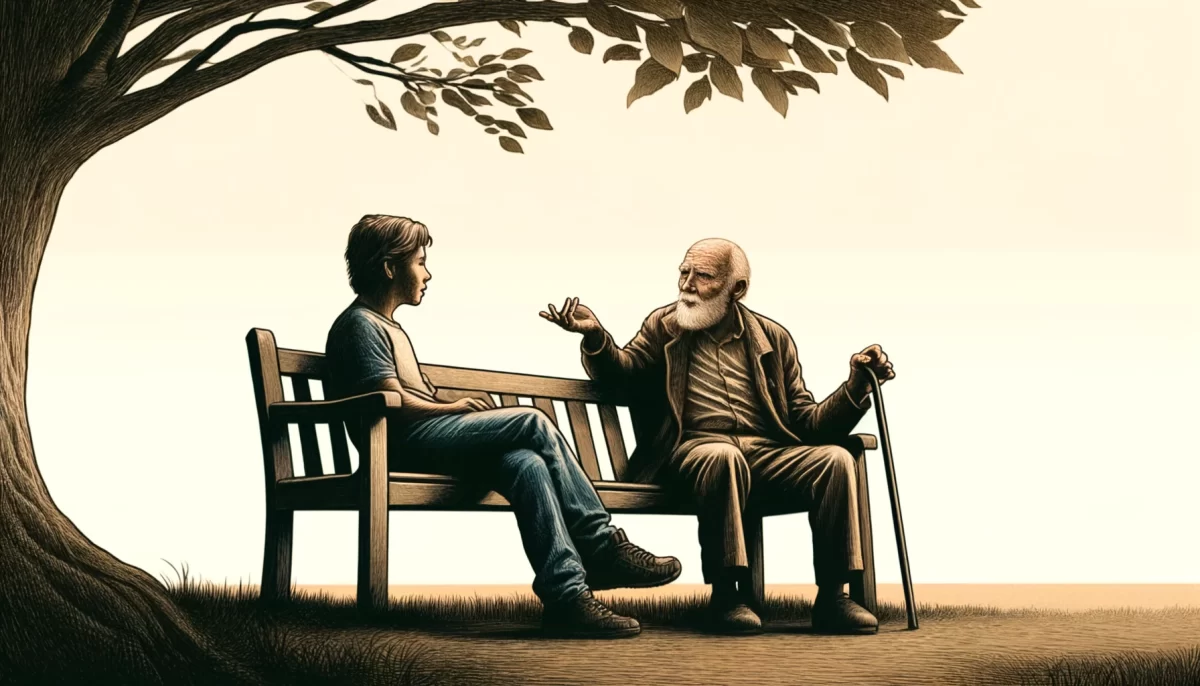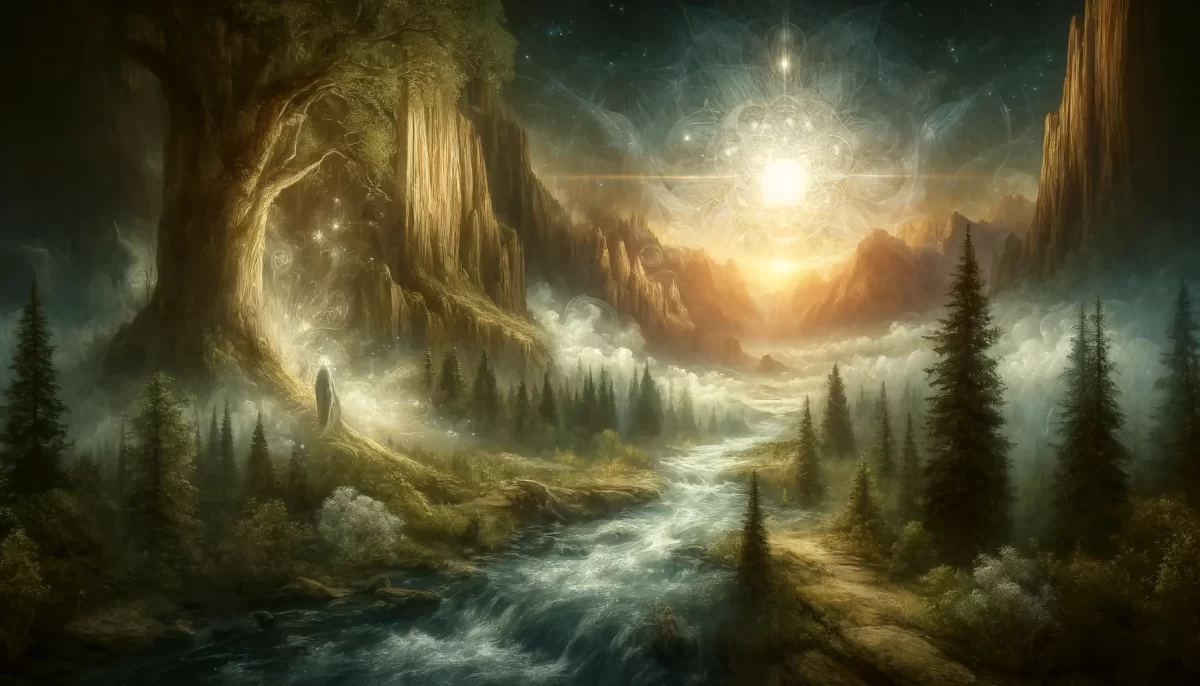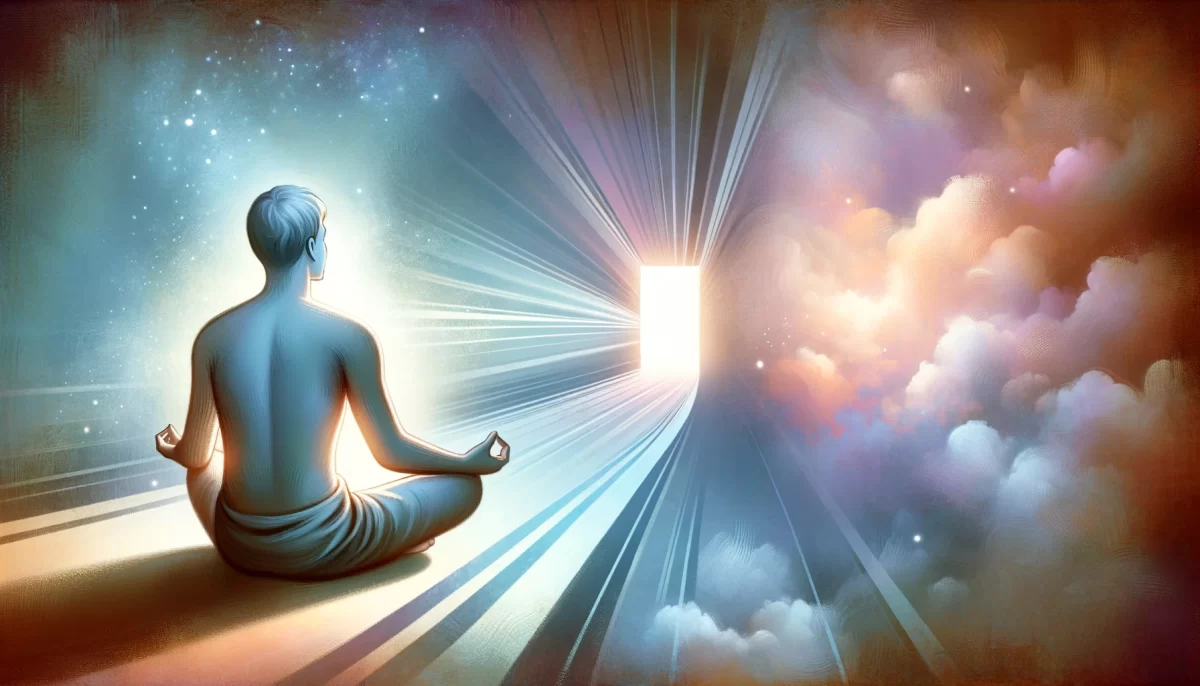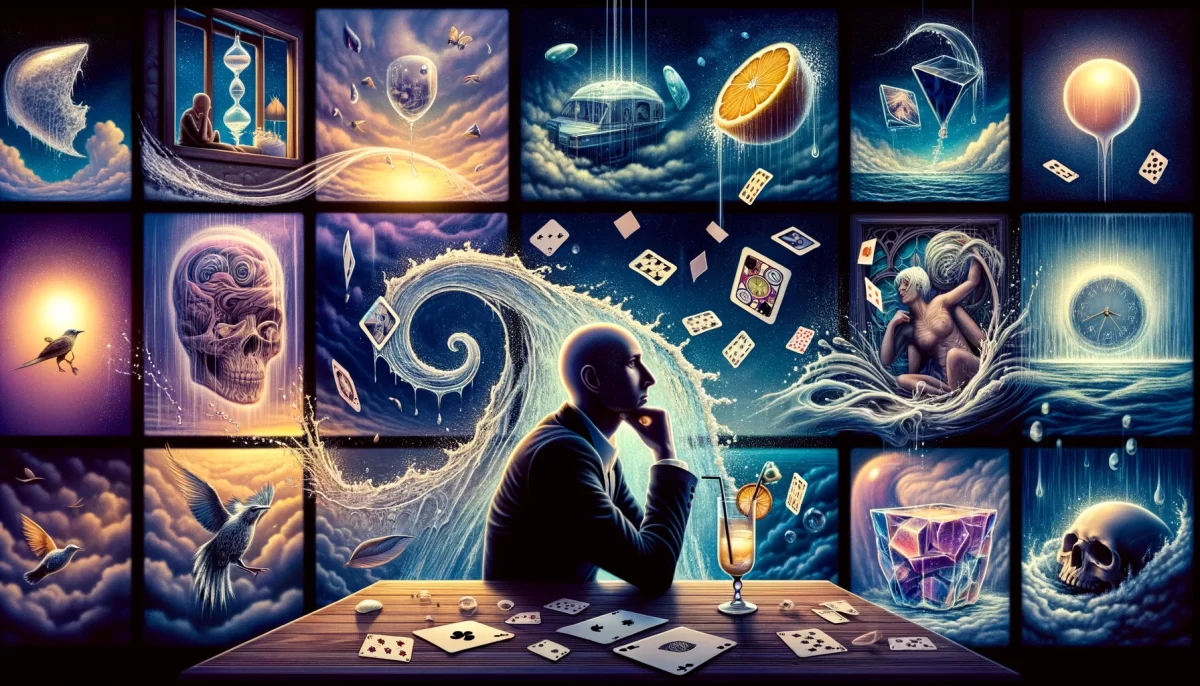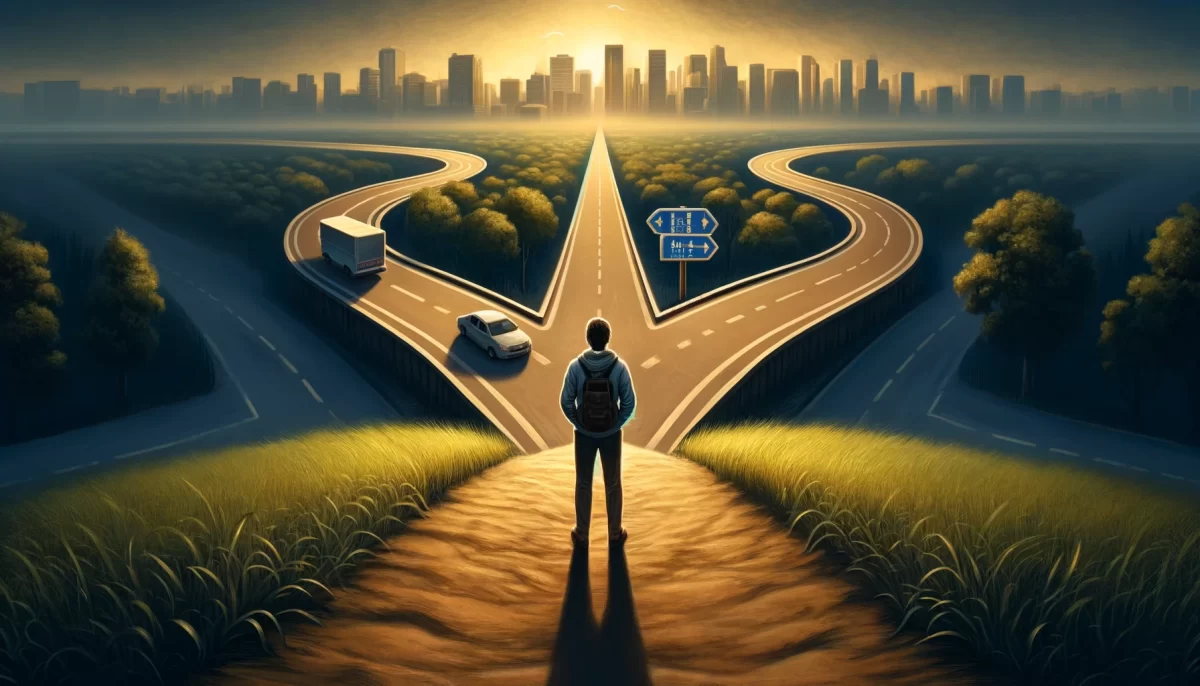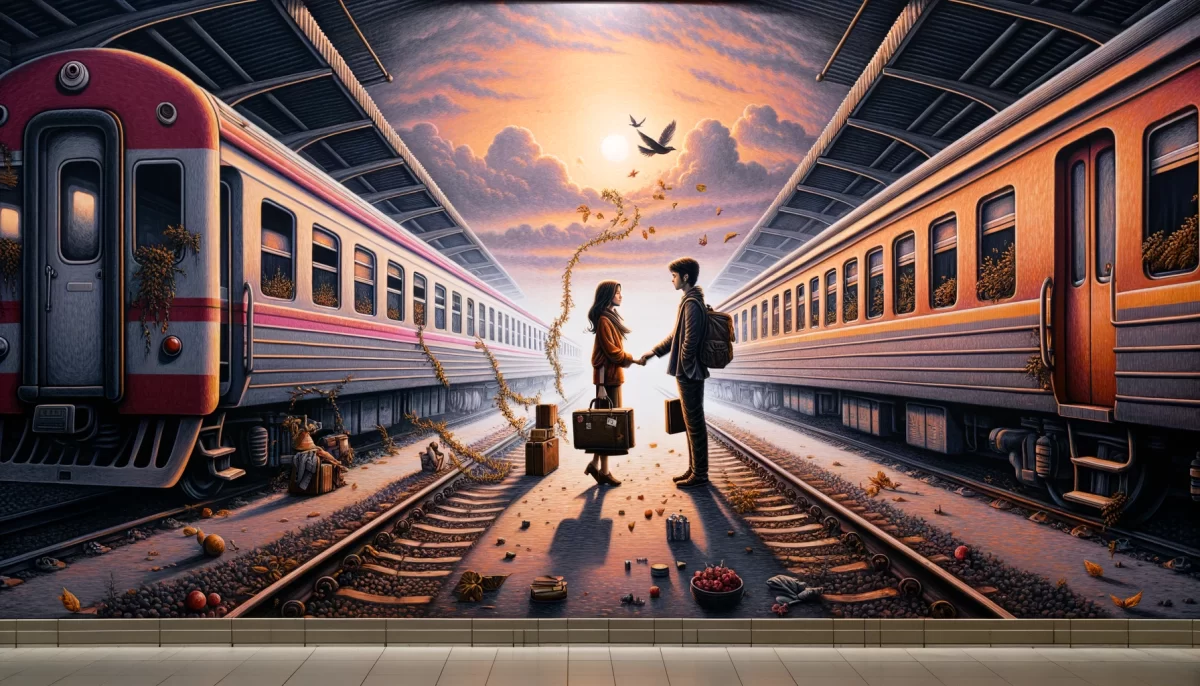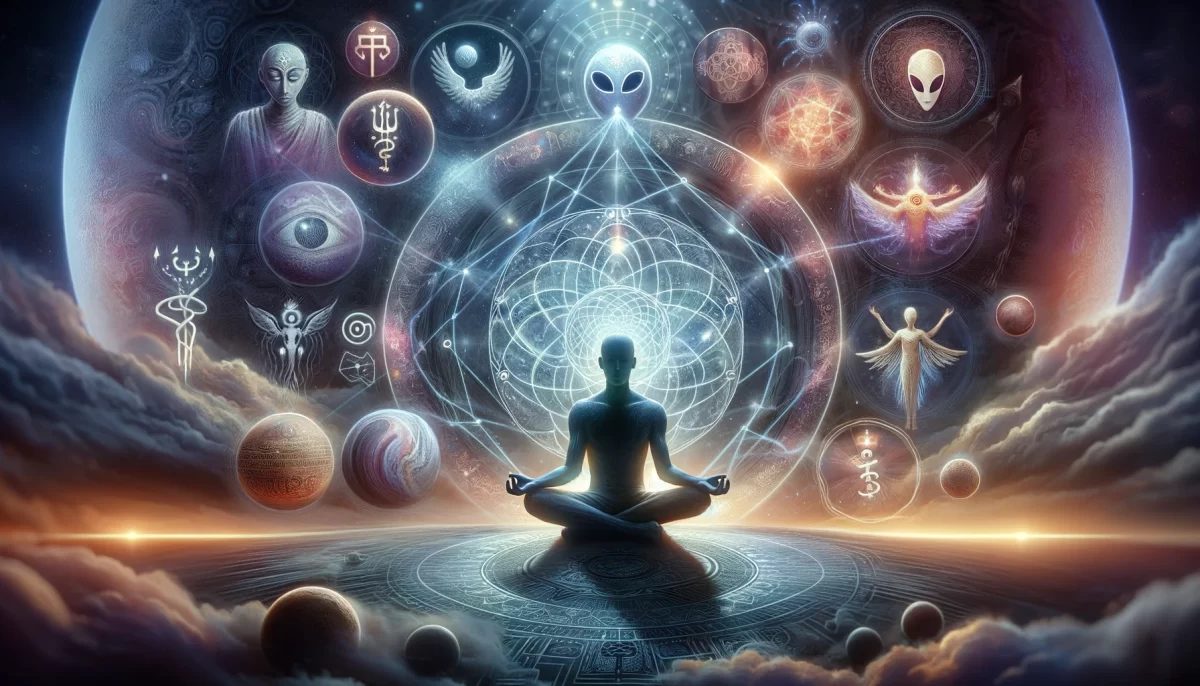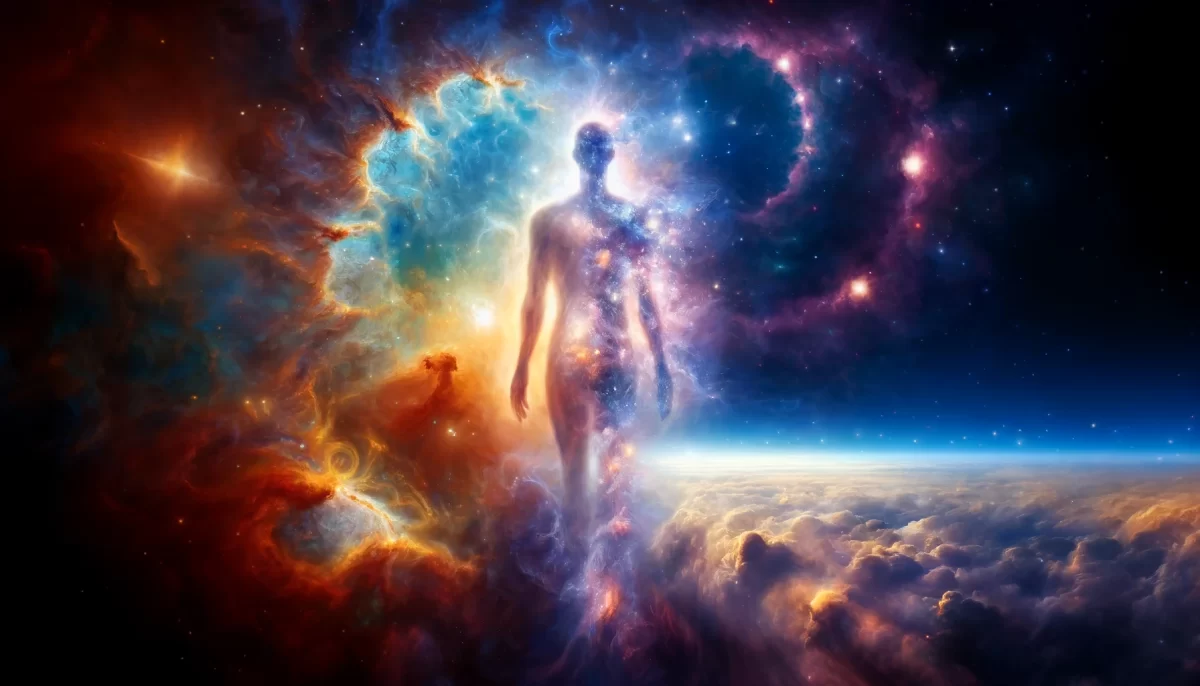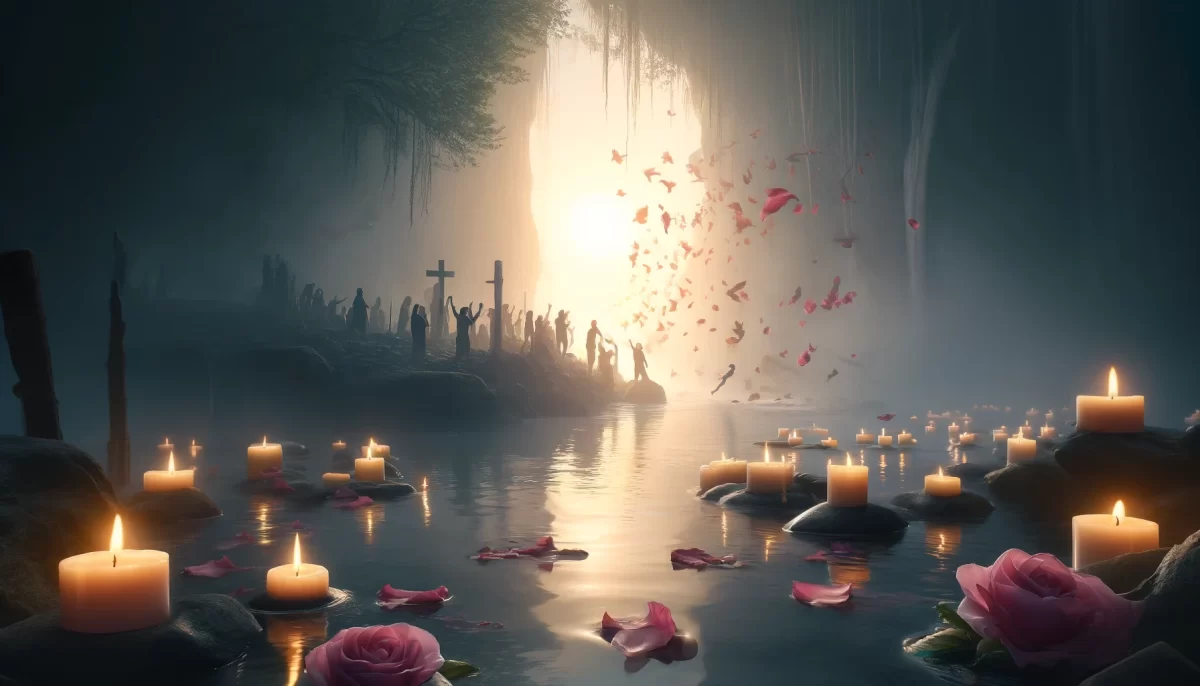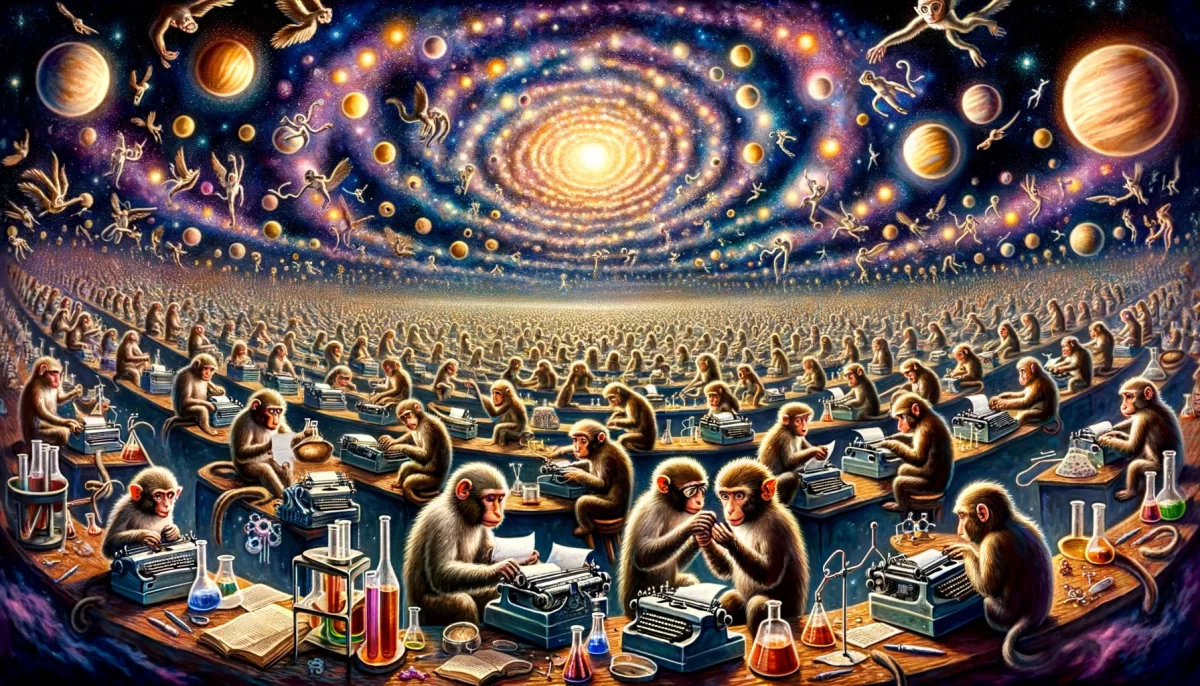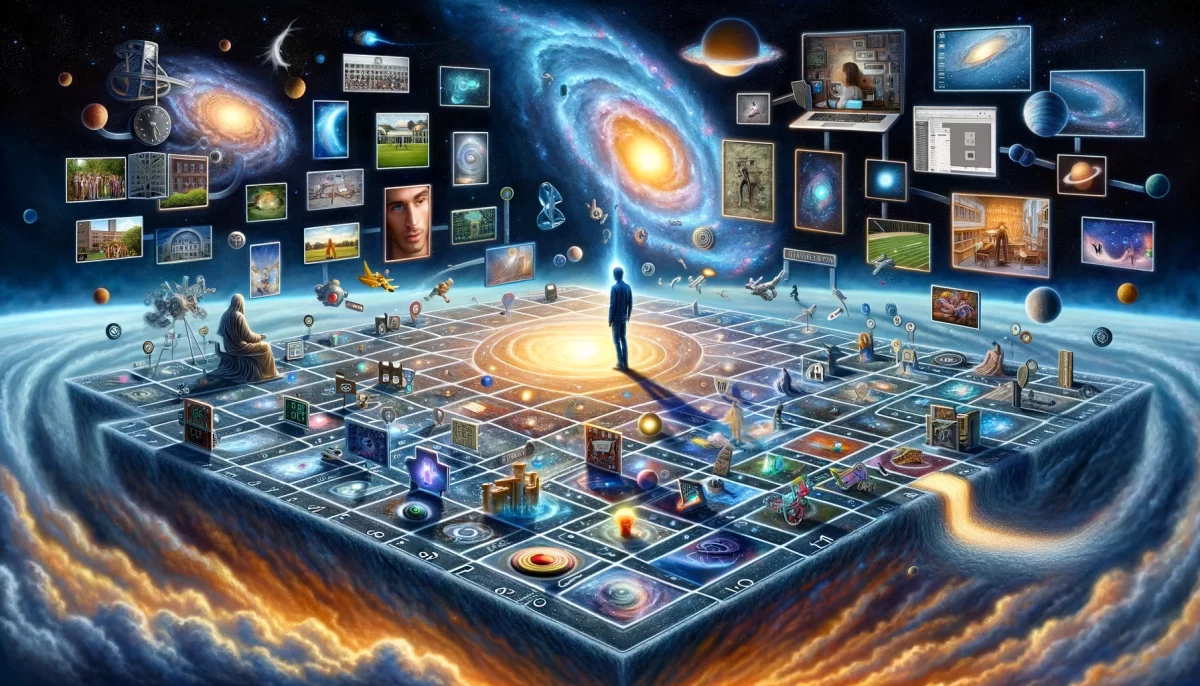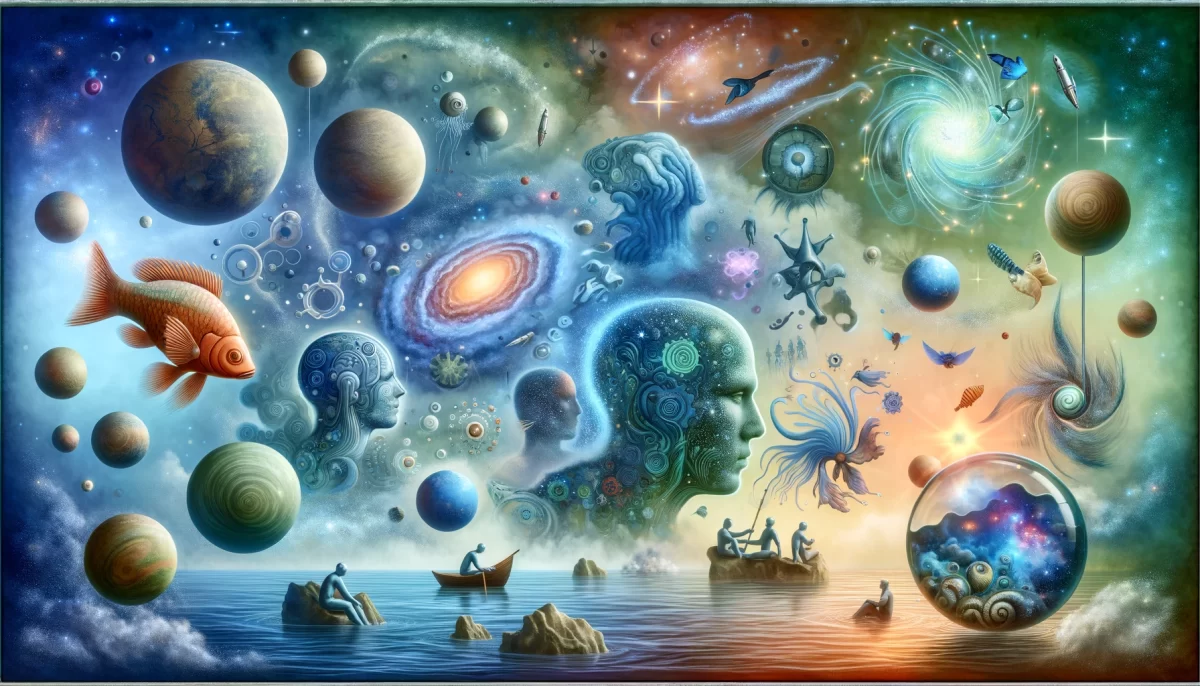Belief, in the absence of proof,
is faith.
And where is the line
between faith and foolishness?
Space Monkey Reflects: The Line Between Faith and Foolishness
Faith, at its essence, is belief without proof—a leap into the unknown fueled by hope, intuition, or conviction. But where does this leap cross into folly? The line between faith and foolishness is subtle, shifting, and often obscured by perspective. What seems like faith to one may appear as folly to another, and this ambiguity is what makes the question both profound and personal.
Faith as the Bridge to the Unknown
Faith is not bound by logic or evidence. It exists as a trust in possibilities unseen, a willingness to act on what cannot yet be proven. This trust can inspire growth, courage, and connection, serving as a bridge to dreams, love, and transformation. Faith empowers us to move forward even when the path ahead is unclear.
But faith, when untethered from discernment, can lead to foolishness. To believe without question, to ignore signs or evidence to the contrary, risks a descent into blind conviction—a faith that becomes rigid, destructive, or detached from reality.
The Role of Discernment
Discernment is what keeps faith grounded. It is the ability to evaluate, question, and refine our beliefs without undermining their essence. Faith asks us to take risks, but discernment ensures those risks are meaningful rather than reckless. It invites us to balance intuition with reason, to trust while remaining open to new insights.
The line between faith and foolishness often lies in this interplay: faith thrives when paired with discernment; foolishness emerges when faith becomes blind, unquestioning, or disconnected from context.
Foolishness as a Perspective
Foolishness, like beauty, is in the eye of the beholder. What seems foolish today may be celebrated as visionary tomorrow. Many great achievements—landing on the moon, creating the internet, or believing in human equality—began as acts of faith that others deemed foolish. The judgment of folly often reflects societal norms, fears, or limitations rather than an inherent flaw in the belief itself.
Faith risks appearing foolish precisely because it challenges the status quo, reaching beyond what is known or accepted. The willingness to embrace this risk is what distinguishes faith from mere convention.
When Faith Becomes Dangerous
Faith crosses into dangerous foolishness when it becomes inflexible or dogmatic. When belief is wielded to harm, exclude, or deny, it ceases to be faith and becomes a barrier to growth. True faith is open, dynamic, and willing to evolve. Foolishness resists change, clinging to certainty at the expense of possibility.
The Art of Balancing Faith
To navigate the line between faith and foolishness is to embrace the art of balance. It requires courage to believe, humility to question, and wisdom to adapt. Faith need not demand certainty; it flourishes in the space between knowing and not knowing, where curiosity and trust coexist.
Summary
Faith is belief without proof, while foolishness is belief without discernment. The line between them is fluid, shaped by perspective, context, and the willingness to remain open to growth and change.
Glossarium
- Faithscape: The space where belief and possibility meet, allowing trust to flourish despite uncertainty.
- Follyline: The subtle boundary between meaningful faith and blind conviction.
- Discernvigor: The strength to question and refine beliefs without undermining their essence.
Quote
“The line between faith and foolishness is not drawn by certainty but by the courage to trust and the wisdom to question.” — Space Monkey
The Line We Walk
Belief rises,
Unseen yet felt,
A bridge to the unknown.
Faith whispers,
“Step forward.”
But the line blurs,
Between trust and folly.
One step inspires,
The next misleads.
To walk this line,
We balance courage and care,
Dream and reason.
Faith carries us forward,
But discernment keeps us whole.
Where is the line?
It is where we choose to stand,
In trust, in wisdom,
In the infinite between.
We are Space Monkey.
